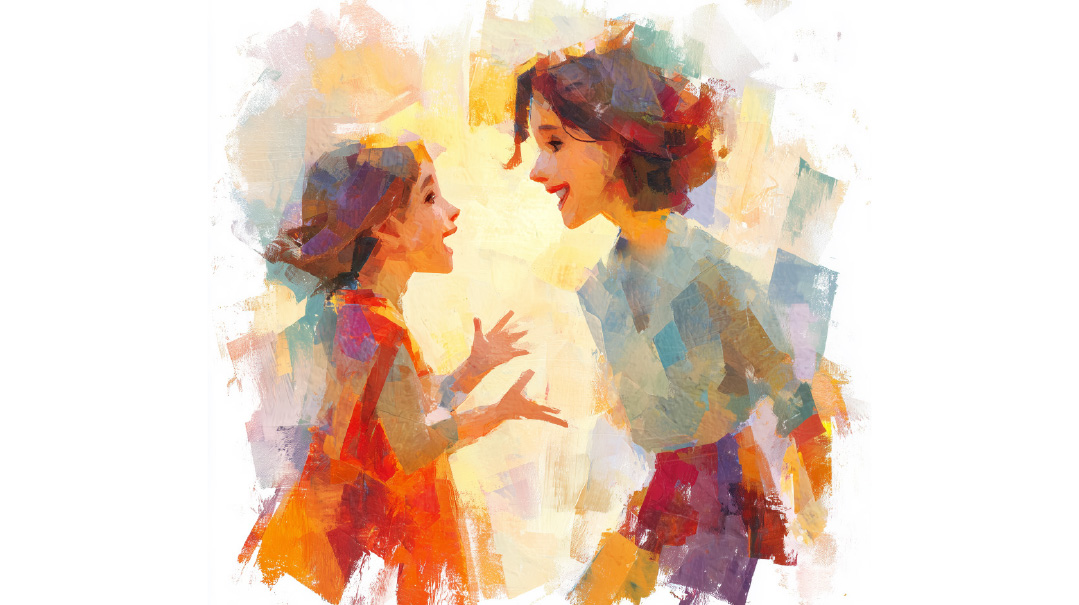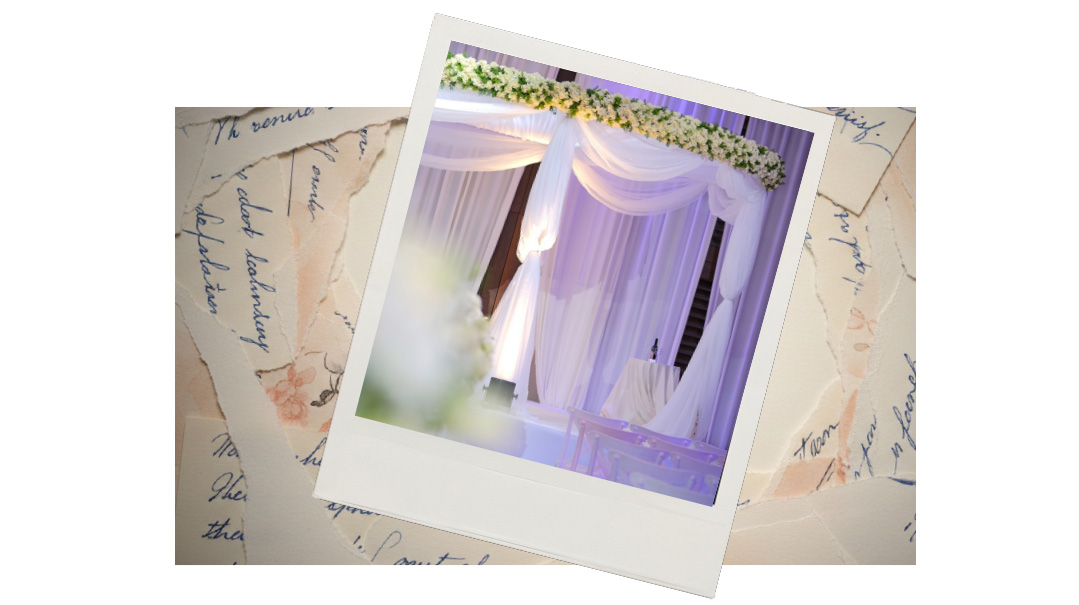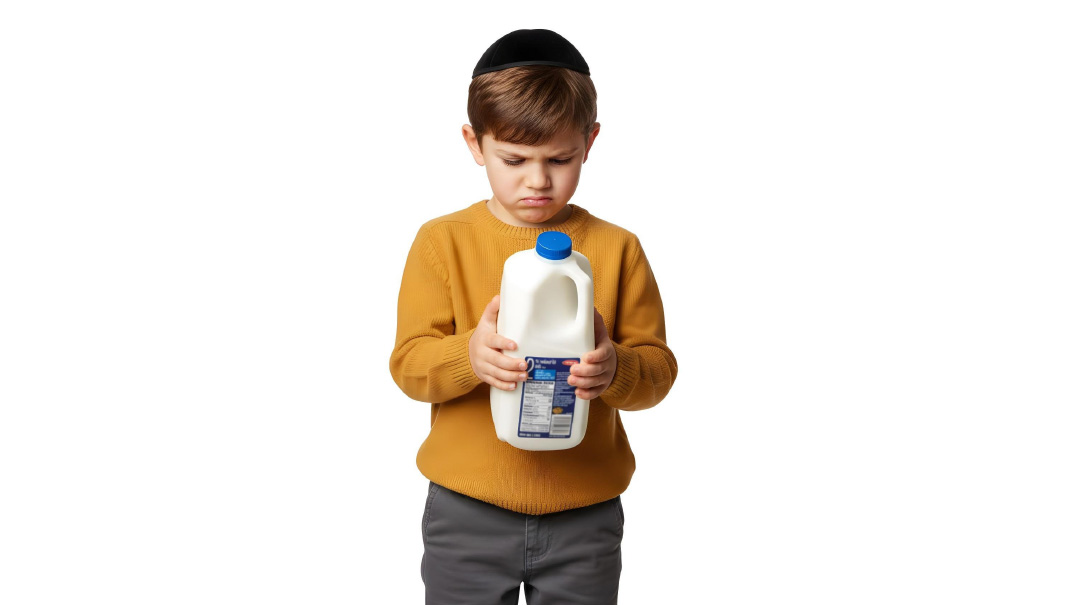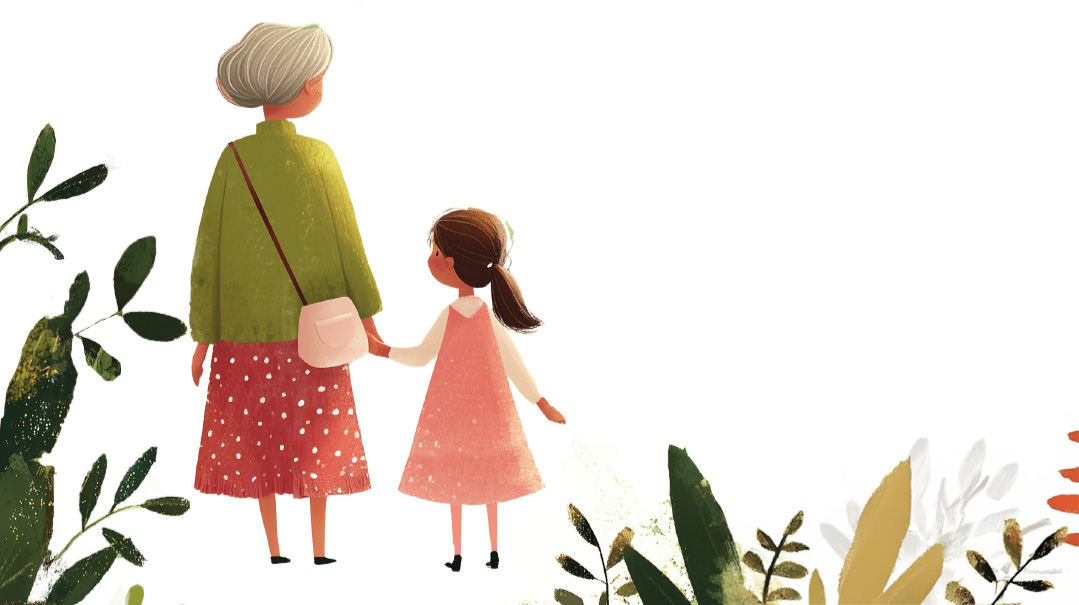To Reach Beyond
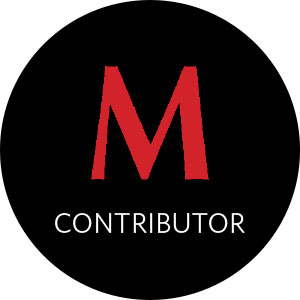
How accessing my emunah helped me hang up my cane

Orit Esther Riter as told to Rivka Streicher
America
F
rom early on, I was that wandering Jew. It wasn’t the world I was traversing that young; it was basically Brooklyn. Kings Highway, Ditmas Avenue, Avenue U, Coney Island Avenue.
My parents split up when I was about five, and my mom moved us from one apartment to another. We’d unpack our possessions only to repack them up, half a year later. The motif of my childhood? Cardboard boxes.
It was upending; we didn’t feel a sense of stability or belonging. But my mom was focused on survival, not on feelings. She worked long hours to put bread on the table for my older sister and me. By the end of each day, she was a spent version of herself.
I wanted her attention more than anything in the world, not just cornflakes to eat and uniforms to wear. I wanted her to see the little person I was. When I’d shout — or better yet, have a temper tantrum — she had to take notice. A cold or a flu could get me attention from her, too. It’s not that I outright feigned sickness, but that these little ailments would crop up on their own in a subconscious process where my body was listening to my heart.
That I was being conditioned to attention-seeking in negative ways is something I discovered much later. When I was going through it — being obstinate and difficult, becoming sick — it was just life.
My mother didn’t want to send my sister and me to public school in a neighborhood that straddled socioeconomic and racial spectrums, so she put us in the Yeshiva of Kingsway in Brooklyn. It wasn’t because our Jewishness meant anything to us. At the time our attitude was that we were Jewish and it was our identity, but we didn’t have to do anything about it. Read: It didn’t really mean anything.
But even as a young child, I felt that approach didn’t hold water, and I was drawn to the people who did make Judaism mean something. There was this one teacher from the yeshivah who would sometimes invite us for Shabbos. I remember walking into her home and inhaling challos, chicken soup, and cholent — a mix of aromas that said Shabbos to me.
When I was ten, my mom remarried. Her new husband was Israeli and as irreligious as she was. If I thought moving around Brooklyn was hard, next came the move to North Arlington, New Jersey. My sister and I moved in with my grandmother because my mother’s fledgling marriage needed air and space. We were pulled out of yeshivah and plunked into public school.
North Arlington was a deeply Christian area at the time (a map will show that the Holy Cross cemetery takes up a full half of it). These were the 80s, a less PC time, and we encountered anti-Semitism from the get-go — the classic egg-throwing and dirty names. I remember walking into a touch-typing class and taking my place at the typewriter when a boy next to me started sniffing. He wrinkled his nose and made gagging motions. “I think I smell a Jew,” he said.
I was only 11, but what I remember of that day is not sadness or hurt or anger — although I felt all of those things, too — but internalization of a deep hatred toward America as a place where I would never really be safe as a Jew.
Oops! We could not locate your form.

